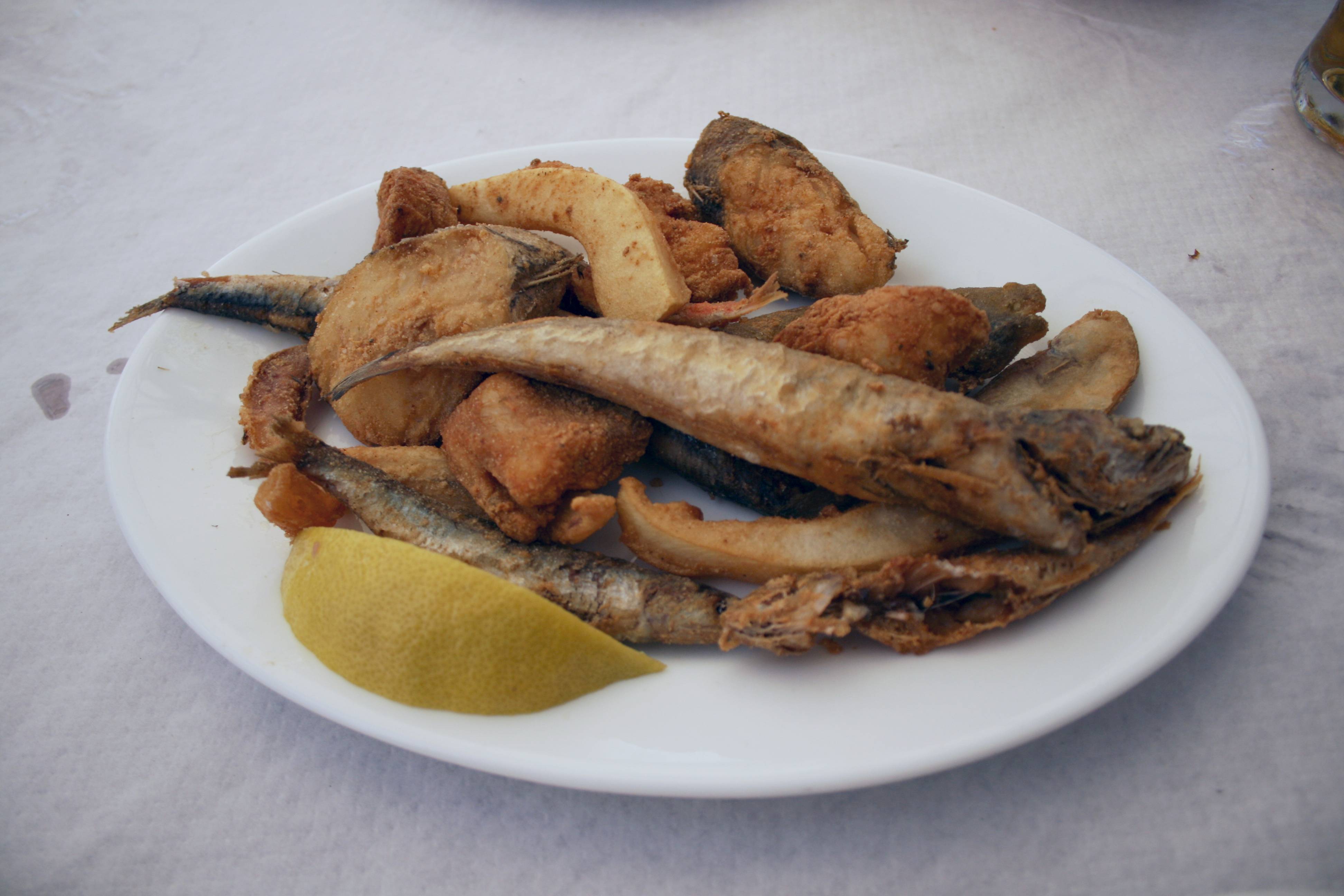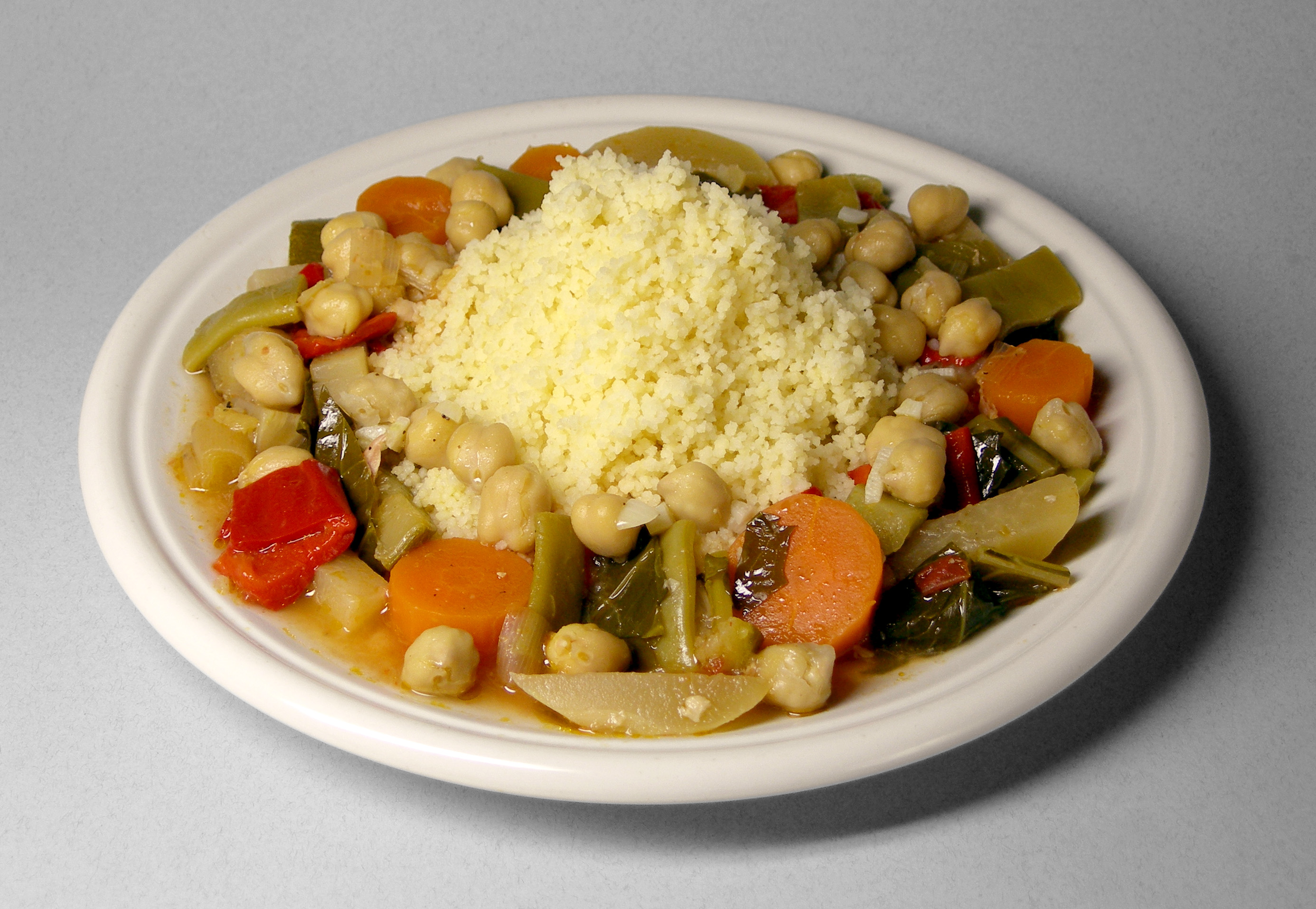|
Bsisa
Bsisa (, Berber ''aḍemmin'' ) is a typical Mediterranean food, based on flour of roasted barley which dates back to Roman times. Bsisa is a variety of mixtures of roasted cereals ground with fenugreek and aniseed and cumin and sugar. This kind of food is known throughout Tunisia and Libya. Its history goes back a long way, and travellers and nomads used to take bsisa with them on their journeys since it was both full of nutritional value and easy to carry in its ground powder form. The herbs and spices that are added to the mixture can vary, and the mixtures can also be used as a liquid when added to milk or water, creating a strongly floured drink called Rowina. The most common use for bsisa is to mix them with olive oil into a paste. This is then typically eaten with dates or figs for a quick meal which is energy-rich and healthy. 'Howira' is a similar mixture to Bsisa, however of a darker complexion and consists of similar ingredients. It is eaten by Tunisian and Libyan m ... [...More Info...] [...Related Items...] OR: [Wikipedia] [Google] [Baidu] |
Arab Cuisine
Arab cuisine ( ar, المطبخ العربي) is the cuisine of the Arabs, defined as the various regional cuisines spanning the Arab world, from the Maghreb to the Fertile Crescent and the Arabian Peninsula. These cuisines are centuries old and reflect the culture of trading in baharat (spices), herbs, and foods. The regions have many similarities, but also unique traditions. They have also been influenced by climate, cultivation, and mutual commerce. Medieval cuisine Breads The white bread was made with high-quality wheat flour, similar to bread but thicker, the fermented dough was leavened usually with yeast and "baker's borax" () and baked in a '' tandoor''. One poetic verse describing this bread: "In the farthest end of Karkh of Baghdad, a baker I saw offering bread, splendidly marvelous. From purest essence of wheat contrived. Radiant and absolute, you may see your image reflected, crystal clear. rounds glowing with lovely whiteness, more playful than gorgeous singin ... [...More Info...] [...Related Items...] OR: [Wikipedia] [Google] [Baidu] |
Libya
Libya (; ar, ليبيا, Lībiyā), officially the State of Libya ( ar, دولة ليبيا, Dawlat Lībiyā), is a country in the Maghreb region in North Africa. It is bordered by the Mediterranean Sea to the north, Egypt to Egypt–Libya border, the east, Sudan to Libya–Sudan border, the southeast, Chad to Chad–Libya border, the south, Niger to Libya–Niger border, the southwest, Algeria to Algeria–Libya border, the west, and Tunisia to Libya–Tunisia border, the northwest. Libya is made of three historical regions: Tripolitania, Fezzan, and Cyrenaica. With an area of almost 700,000 square miles (1.8 million km2), it is the fourth-largest country in Africa and the Arab world, and the List of countries and outlying territories by total area, 16th-largest in the world. Libya has the List of countries by proven oil reserves, 10th-largest proven oil reserves in the world. The largest city and capital, Tripoli, Libya, Tripoli, is located in western Libya and contains over ... [...More Info...] [...Related Items...] OR: [Wikipedia] [Google] [Baidu] |
Tsampa
Tsampa or Tsamba (; ) is a Tibetan and Himalayan staple foodstuff, particularly prominent in the central part of the region. It is glutinous meal made from roasted flour, usually barley flour and sometimes also wheat flour. It is usually mixed with the salty Tibetan butter tea. It is also eaten in Turkestan and Mongolia, where it is known as zamba. Preparation As the flour has already been roasted ''Tsampa'' is quite simple to prepare and does not need to be cooked; indeed, it is known as a convenience food and often used by the Tibetans, Sherpas, nomads and other travellers. While traditional tsampa is prepared with tea, sometimes water or beer is used in its place. It may also be prepared as a porridge which is called a "jham-thoo" which is usually sweet and nutty and prepared with Tibetan cheese, butter, tea and sugar. Tsampa is also prepared in a congee with lamb or yak stock to make a congee which is called "tsam-thug". André Migot described its preparation: Cultural si ... [...More Info...] [...Related Items...] OR: [Wikipedia] [Google] [Baidu] |
Sephardi Jewish Cuisine
Sephardic Jewish cuisine is an assortment of cooking traditions that developed among the Sephardi Jews. Those of this Iberian origin who were dispersed in the Sephardic Diaspora ultimately became the Eastern Sephardim and North African Sephardim as they settled throughout the Mediterranean in Turkey, Greece, the Balkans, and the Arab countries of West Asia and North Africa. Cuisine of the Sephardi Jews also includes the cuisine of those who became the Western Sephardim who settled in Holland, England, and from these places elsewhere. Mizrahi Jews, being the pre-existing Jews of the Greater Middle East (of non-Spanish and non-Portuguese origin), are sometimes called Sephardim in a broader sense due to their style of liturgy. Although there is some overlap in populations due to the Sephardic Diaspora, Sephardic Jews also settled in many other countries outside the Greater Middle East as well. As such, this article deals only with the cuisine of the Jewish populations with an ... [...More Info...] [...Related Items...] OR: [Wikipedia] [Google] [Baidu] |
Mediterranean Cuisine
Mediterranean cuisine is the food and methods of preparation used by the people of the Mediterranean Basin. The idea of a Mediterranean cuisine originates with the cookery writer Elizabeth David's book, ''A Book of Mediterranean Food'' (1950) and was amplified by other writers working in English. Many writers define the three core elements of the cuisine as the olive, wheat, and the grape, yielding olive oil, bread and pasta, and wine; other writers deny that the widely varied foods of the Mediterranean basin constitute a cuisine at all. A common definition of the geographical area covered, proposed by David, follows the distribution of the olive tree. The region spans a wide variety of cultures with distinct cuisines, in particular (going anticlockwise around the region) the Maghrebi, Egyptian, Levantine, Ottoman ( Turkish), Greek, Italian, French ( Provençal), and Spanish, though some authors include additional cuisines. Portuguese cuisine, in particular, is partly Medi ... [...More Info...] [...Related Items...] OR: [Wikipedia] [Google] [Baidu] |
African Cuisine
African or Africans may refer to: * Anything from or pertaining to the continent of Africa: ** People who are native to Africa, descendants of natives of Africa, or individuals who trace their ancestry to indigenous inhabitants of Africa *** Ethnic groups of Africa *** Demographics of Africa *** African diaspora ** African, an adjective referring to something of, from, or related to the African Union ** Citizenship of the African Union ** Demographics of the African Union **Africanfuturism ** African art ** *** African jazz (other) ** African cuisine ** African culture ** African languages ** African music ** African Union ** African lion, a lion population in Africa Books and radio * ''The African'' (essay), a story by French author J. M. G. Le Clézio * ''The African'' (Conton novel), a novel by William Farquhar Conton * ''The African'' (Courlander novel), a novel by Harold Courlander * ''The Africans'' (radio program) Music * "African", a song by Peter Tosh ... [...More Info...] [...Related Items...] OR: [Wikipedia] [Google] [Baidu] |
Moroccan Cuisine
Moroccan cuisine () is the cuisine of Morocco, fueled by interactions and exchanges with many cultures and nations over the centuries. Moroccan cuisine is usually a mix of Arab, Berber, Andalusi, and Mediterranean cuisines, with minimal European (French and Spanish) and sub-Saharan influences. Like the rest of the Maghrebi cuisine, Moroccan cuisine has more in common with Middle Eastern cuisine than with the rest of Africa. According to Moroccan chef and cuisine researcher Hossin Houari, the oldest traces of Moroccan cuisine that can still be observed today, go back to the 7th century BC. Ingredients Morocco produces a large range of Mediterranean fruits and vegetables, as well as tropical products like snails. Common meats include beef, goat, mutton and lamb, which, together with chicken and seafood, serve as a base for the cuisine. Characteristic flavorings include lemon pickle, argan oil, preserved butter ( smen), olive oil, and dried fruits. The staple grains today ar ... [...More Info...] [...Related Items...] OR: [Wikipedia] [Google] [Baidu] |
Cuisine Of The Sephardic Jews
Sephardic Jewish cuisine is an assortment of cooking traditions that developed among the Sephardi Jews. Those of this Iberian origin who were dispersed in the Sephardic Diaspora ultimately became the Eastern Sephardim and North African Sephardim as they settled throughout the Mediterranean in Turkey, Greece, the Balkans, and the Arab countries of West Asia and North Africa. Cuisine of the Sephardi Jews also includes the cuisine of those who became the Western Sephardim who settled in Holland, England, and from these places elsewhere. Mizrahi Jews, being the pre-existing Jews of the Greater Middle East (of non-Spanish and non-Portuguese origin), are sometimes called Sephardim in a broader sense due to their style of liturgy. Although there is some overlap in populations due to the Sephardic Diaspora, Sephardic Jews also settled in many other countries outside the Greater Middle East as well. As such, this article deals only with the cuisine of the Jewish populations with an ... [...More Info...] [...Related Items...] OR: [Wikipedia] [Google] [Baidu] |
Cuisine Of Libya
The cuisine of Libya is Arab and Mediterranean with Italian influence. One of the most popular Libyan dishes is ''bazin'', an unleavened bread prepared with barley, water and salt. ''Bazin'' is prepared by boiling barley flour in water and then beating it to create a dough using a ''magraf'', which is a unique stick designed for this purpose. Pork consumption is forbidden, in accordance with Sharia, the religious laws of Islam."Libya." Accessed June 2011. |
Cuisine Of Tunisia
Tunisian cuisine, the cuisine of Tunisia, consists of the cooking traditions, ingredients, recipes and techniques developed in Tunisia since antiquity. It is mainly a blend of Mediterranean and native Punics-Berber cuisine. Historically, Tunisian cuisine witnessed influence and exchanges with many cultures and nations like Italians, Andalusians, French and Arabs. Like many countries in the Mediterranean basin, the Tunisian cuisine is heavily based on olive oil, spices, tomatoes, seafood and meat. Yet, it has a distinctive spiciness that differs it from surrounding cuisines. Origins Tunisian cuisine developed from Berbers, ancient Carthage, Rome, the Islamic conquest of the Maghreb, and the Ottoman Empire. The cuisine has been strongly influenced by French and Italian (especially Sicilian) cooking. During its era of French colonial rule Tunisia marketed its difference to metropolitan France meaning it played on French perceptions of "difference" ( Orientalism) to sell th ... [...More Info...] [...Related Items...] OR: [Wikipedia] [Google] [Baidu] |
Tabernacle
According to the Hebrew Bible, the tabernacle ( he, מִשְׁכַּן, mīškān, residence, dwelling place), also known as the Tent of the Congregation ( he, link=no, אֹהֶל מוֹעֵד, ’ōhel mō‘ēḏ, also Tent of Meeting, etc.), was the portable earthly dwelling place of Yahweh (the God of Israel) used by the Israelites from the Exodus until the conquest of Canaan. Moses was instructed at Mount Sinai to construct and transport the tabernacle with the Israelites on their journey through the wilderness and their subsequent conquest of the Promised Land. After 440 years, Solomon's Temple in Jerusalem superseded it as the dwelling-place of God. The main source describing the tabernacle is the biblical Book of Exodus, specifically Exodus 25–31 and 35–40. Those passages describe an inner sanctuary, the Holy of Holies, created by the veil suspended by four pillars. This sanctuary contained the Ark of the Covenant, with its cherubim-covered mercy seat. An outer sanct ... [...More Info...] [...Related Items...] OR: [Wikipedia] [Google] [Baidu] |



_(14781191601).jpg)